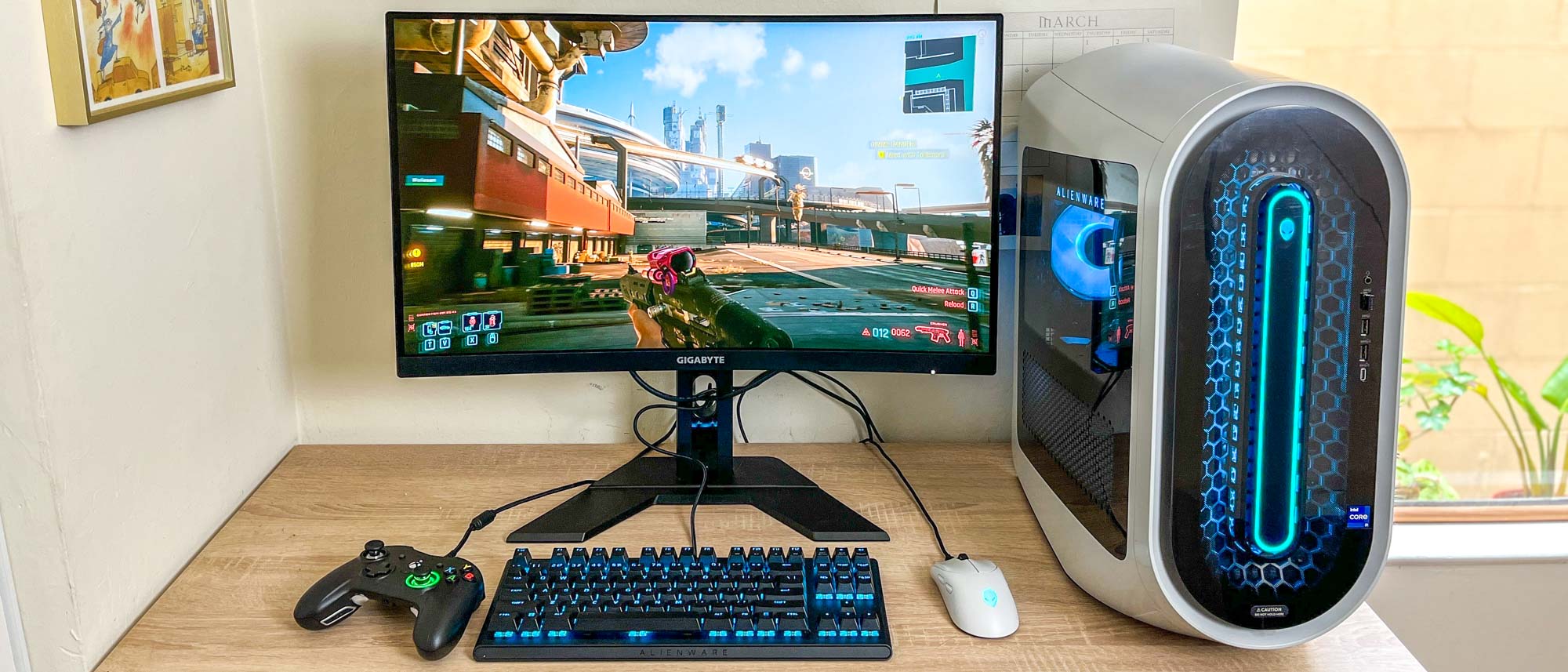A Computer community comprises various gadgets to share, transmit, and boost the sign, voice, and information. Network devices or additives are the physical components linked to a community. There is a wide range of network gadgets, and they are growing every day. The fundamental network gadgets are Individual Computers, servers, hubs, Switches, Bridges, Routers, Modems, Printers, DSL Modems & Routers, Gateways, Network Interface Cards, Cabling, & Wireless access points. The following is an assessment of each of those network gadgets.

INDIVIDUAL COMPUTERS: A private computer is mostly a computing device, such as a PC, piece station, or computer. Personal computers are most extensively utilized in any business enterprise or for non-public use. Character computers are the most common, not unusual, sort of microcomputers.
SERVER: A server is a computer in a community that procedure requests and is used to share the information and sources of most of the other computers in a community. Server shops all the essential records and provides extraordinary offerings like computer PC, logon get right of entry, internet sharing, print sharing, disk area sharing, etc. There are distinctive styles of servers, e., G File and print servers, database servers, proxy servers, Fax servers, backup servers, etc. A database server shops all the statistics and software programs, which may also be associated with a certain database. It allows different network devices to access and process the database queries. A record server stores the statistics of any consumer on the network, and a print server manages one or more printers in a community. Similarly, a community server is a server that contains the community site visitors.
NETWORK INTERFACE CARD: Network interface playing cards are connected to the computer or different network gadgets, providing connectivity between the two computer systems. Each community card is specially designed for unique communities like Ethernet, FDDI, token rings, and wireless networks. The Network card operates on the first and 2d layers of the OSI fashions, I., the physical layer and data link layer specs. NIC defines the physical connection strategies and the management indicators that determine the timing of the records’ switch over the network.
HUBS: Hub is the only community device. The characteristic of the hub is broadcasting, i.e., records are forwarded closer to all ports of a hub, no matter whether the information is supposed for the unique structures inside the network or no longer. Computers in a network are connected to a hub with twisted pair (CAT5) cables. There are styles of hubs. 1. Active Hubs. 2. Passive Hubs.
SWITCHING HUB: The Switching hub (referred to as “transfer” is the most improved form of the primary hub. In a direct corner, all the computers are connected to the corner, and the network rate is described by the slowest computer community card linked. For example, when you have 10/hundred Mbps cards in a network, and the best one card has ten 10Mbps speed, the system can not run faster than 10 Mbps. Now, when you have a switching hub in a network, it will permit all of the faster connections within the network to stay at a higher pace and engage with the 10Mbps machine.
SWITCHES: A switch is an intelligence device rather than a hub. The button is a layer two device. The controller provides the same characteristics as a hub or a bridge; however, it has the advanced functionality of quickly connecting the two computers. The controller carries the switch matrix or switch cloth that could join and disconnect ports. Unlike hubs, the button most effectively transmits or forwards the information to the destined computer and no longer declares the records to all its ports.
MODEMS: Modems are gadgets that translate virtual records into analog layouts and vice versa. It plays two important functions: modulation and demodulation. A modulated fact can tour throughout the conventional telephone strains. The modem modulates the alerts at the sending cease and demodulates at the receiving end. Modems are required for extraordinary access techniques such as ISDN, DSL, and 56K records modem. The modem may be the inner gadgets that plug into the system’s expansion slots or external devices that plug into the serial or USB ports. PCMCIA cards are used for this purpose in laptops, and many new laptops have been constructed with integrated modems. The specialized devices, including handheld computer systems, are designed for use inside the structures. In ISPs requiring largely scaled modems, rack-mounted modems are used.
ROUTERS: Routers direct the records among logical and bodily extraordinary networks. A Router can decide the destination to cope with for the information, giving the facts a nice way to retain its journey. The router gets this capability through its software called routing software program. Unlike Switches and Bridges, which use hardware-configured MAC to determine the destination of the facts, the router uses logical network deals, including IP deals, to choose by figuring out the goal of the statistics.
GATEWAY: A gateway translates the statistics from one layout to any other form without converting the information itself. A gateway can be a device, machine, or software program. A PC with two NIC cards can function as a gateway. The router acts as a gateway e.G a router that routes the records from an IPX community to an IP network is technically a gateway. The same can be said of a translational switch that converts from an Ethernet network to a token ring community.
CABLES: There are maximum commonplace types of cables. 1. 10baseT and 10base2. 10baseT is a four-paired cable. 10baseT has, in addition, two sorts: 1. UTP (unshielded twisted pair) and a couple of. STP (shielded twisted pair. STP is the coziest cable blanketed with silver-covered twisted paper to guard the cable. On the alternative, quit Thin 10base2 resembles the copper coaxial cabling frequently used to connect TV units and VCRs. 10baseT/Cat5 cables are typically used to attach the computers. It has a connector (like a cellphone connector) called an RJ45 connector.













